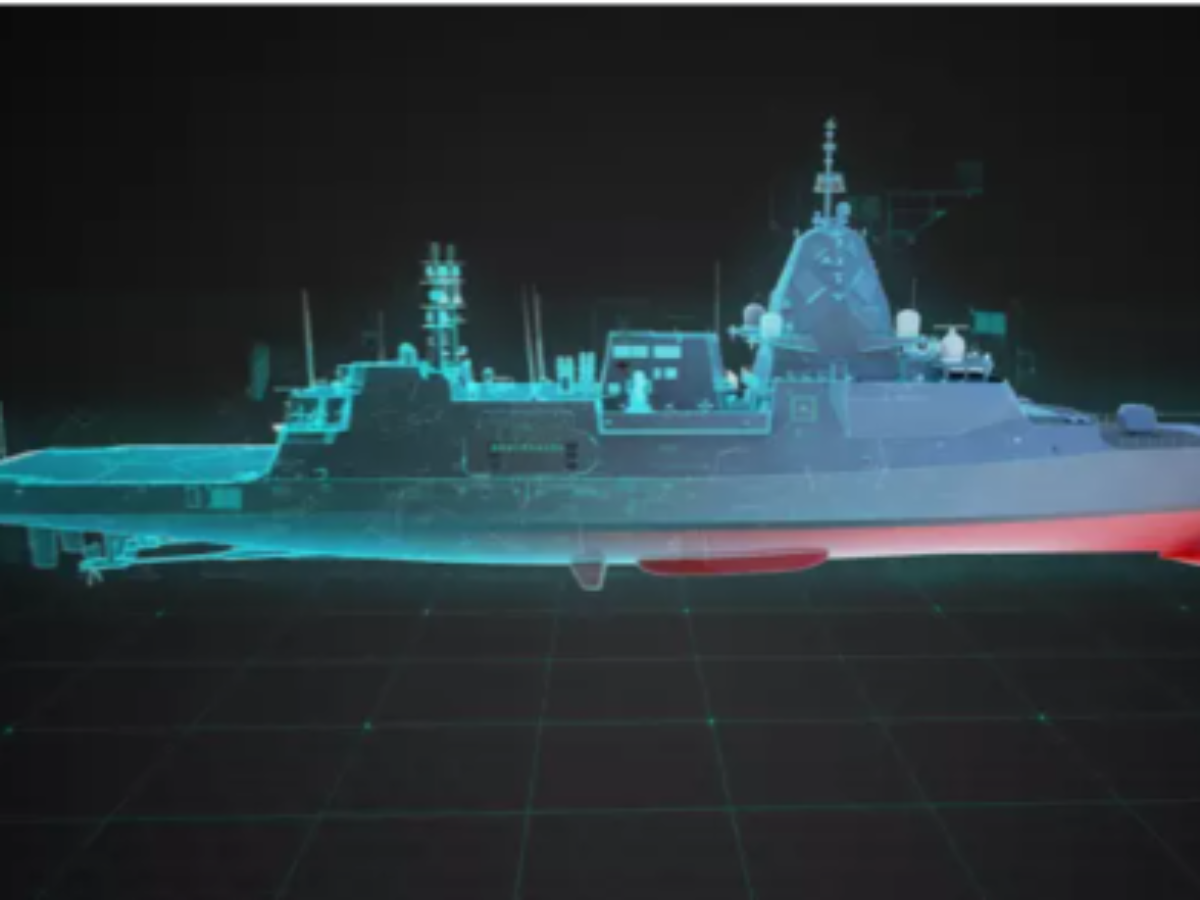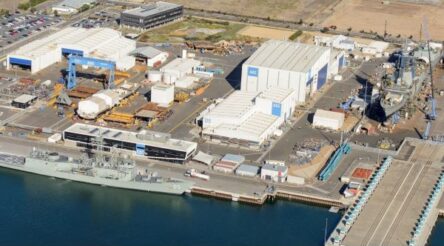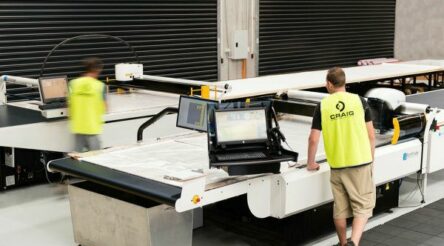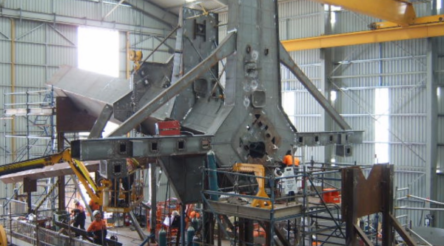Upskilling the digital workforce – by Craig Lockhart

Australian manufacturing is racing towards digitisation, and none moreso than in naval shipbuilding. Here, Craig Lockhart explains progress being made in developing a digital shipyard to construct Australia’s new Hunter class frigates.
BAE Systems is progressing the world’s most advanced anti-submarine warfare frigate and building a critical industrial capability that will contribute to keeping our country safe for generations.
We face increasing geopolitical tension in the region and continuing uncertainty in global supply chains. Developing a strong sovereign shipbuilding capability will grow Australia’s industrial resilience.
We have seen how important it is to maintain a stable supply of data and power often provided by undersea cables.
At the heart of the Hunter frigate is the latest anti-submarine warfare technology — specifically designed to detect, deter and defend against such offensives.
We have always been confident in our ability to deliver the Hunter programme successfully and this is reinforced by the quality of the work being achieved already by our highly skilled workforce.
Shipbuilding has undergone a digital revolution and we have invested in upskilling our workforce to adopt modern techniques that are both cost effective and provide for a safer and more efficient work environment.
A key focus is Australia’s first digital shipbuilding course, the Diploma of Digital Technologies. This equips our employees with digital skills for modern shipbuilding, combining classroom theory with hands-on skills.
Using smart, advanced manufacturing and bringing streamlined, data-driven efficiencies to ship design and build processes also helps to attract the next generation of shipbuilders — ‘digital natives’ who expect to connect with technology in the workplace.
Growing an industry requires innovation and through digital shipbuilding, we will attract a new cohort of STEM students who want to design, build and support new technologies and equipment that helps protect our nation.
At the Osborne shipyard, we recently developed a digital twin of our ship build process. By analysing the data produced by our manufacturing equipment, we can connect and convert the information into valuable predictive outcomes.
Smart algorithms run simulations and we compare this information to our existing schedule, cost and capability decisions. This has resulted in an ever-increasing optimised build programme that gives greater certainty of outcomes.
At the Factory of the Future, within the Tonsley Innovation District in South Australia, we are collaborating with researchers, academia and industry partners to test manufacturing technologies before adapting them into the shipyard.
Across all areas of our Maritime business, we have learnt and achieved so much very quickly and we’re gaining more confidence as we refine and extend the boundaries of advanced manufacturing.
I am very proud of the ingenuity of our team who took on challenges — like the COVID-19 pandemic and global supply chain issues — as opportunities. The team found new ways of working, embraced innovation and adopted digital technologies to progress the program.
When we move from prototyping to building the first Hunter frigate blocks in May 2023, we will have accelerated the programme by some 12 months than previously announced in 2021. These blocks will become part of the very first Hunter frigate.
This is an enormous achievement for our workforce and showcases their incredible skill and adaptability. It also reflects our growing confidence in the technology we’re using which is producing exceptional results.
We are revolutionising modern shipbuilding, exporting the technologies and knowledge globally, with many other shipbuilding nations now wanting to learn from us.
Much is made about the programme, but what is being built before our eyes at Osborne shipyard is a capability the nation should be proud of.
And, from what I have seen from our Australian supply chain partners, I am very optimistic that we will set the standard in embracing innovation and technology into what can be an exciting career for many Australians for generations to come.
Craig Lockhart is managing director, BAE Systems Maritime Australia.
Picture: BAE Systems Australia/Hunter class frigate
Topics Analysis and Commentary Defence
@aumanufacturing Sections
Analysis and Commentary Awards Defence Manufacturing News Podcast Technology Videos










